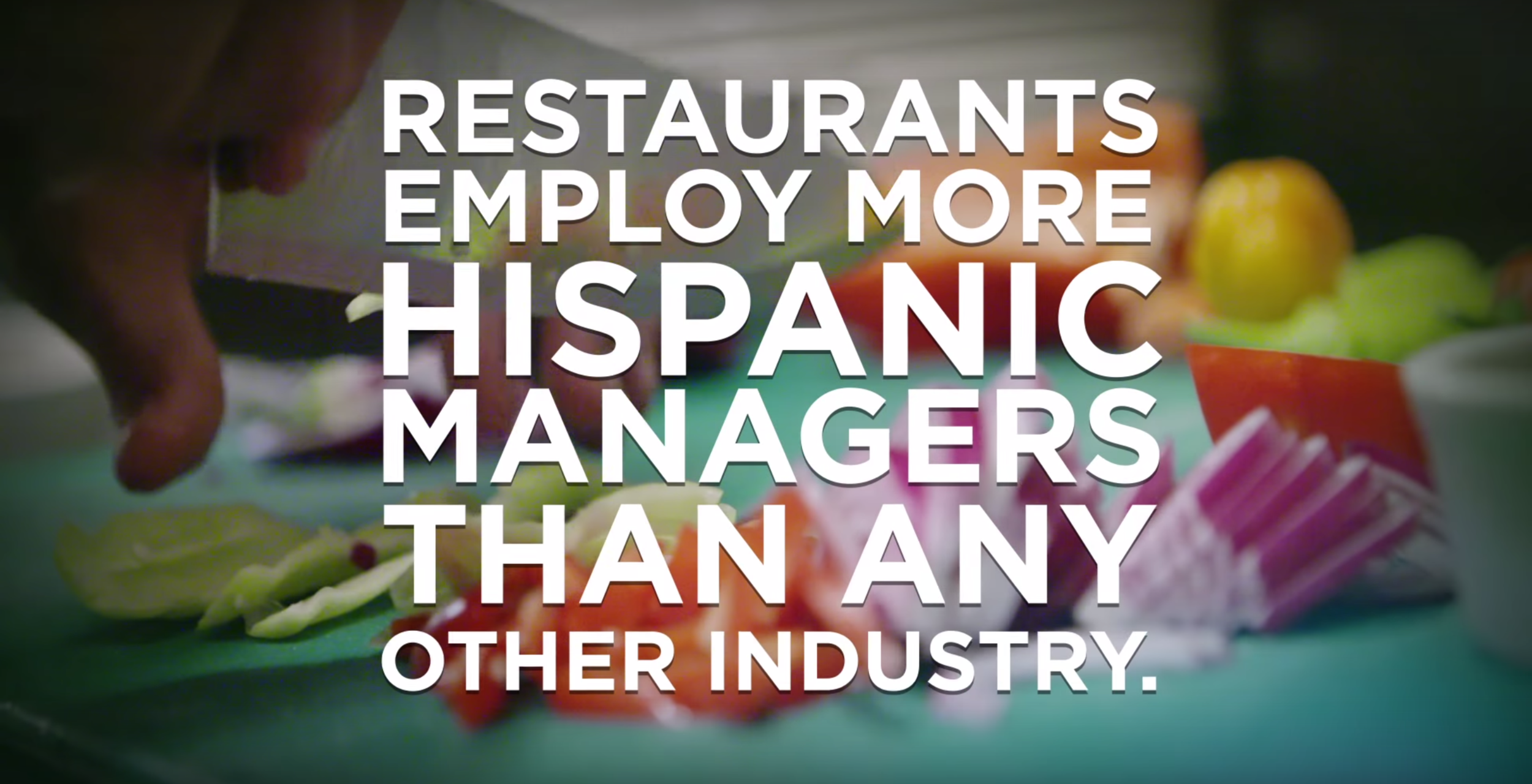NYCRW Restaurants That Are Hiring
/The summer edition of the semi-annual NYC Restaurant Week event has officially kicked off. New Yorkers can enjoy lunch and dinner deals beginning July 25th through August 19th at more than 350 restaurants across the five boroughs. Here are some participating dining establishments that you may want to check out, and are also looking to hire hospitality talent:
VANDAL
VANDAL, TAO Group’s latest concept in NYC beautifully blends the ideas of street art and street food beautifully into one setting. Have a look around–take in and appreciate the fantastic, one-of-a-kind graffiti murals. Afterwards, feast on an eclectic menu full of fusion-style small plates, specially curated by Chef Chris Santos and his team for Restaurant Week. You will not regret dining at one of the hottest restaurants in NYC right now, and especially at a fraction of the usual price.
VANDAL is looking to hire a Cocktail/Bottle Service Waitress and Maitre D’ at the moment. View job details and submit your application here.
BLUE FIN
You will not be disappointed with Blue Fin and its “simple flavors, great execution and pristine ingredients”, as reviewed by NYC.com. It is one of several BR Guest Hospitality’s dining brands, with seafood being its main focus. At Blue Fin, freshly caught fish and shellfish is paired with the season’s best produce to create dishes like lemongrass steamed mussels and oven roasted salmon. If seafood is your thing, be sure to make a reservation for Blue Fin today!
Blue Fin is currently seeking FOH and BOH staff to join their team. Click here to see all job opportunities, including Food Runner and Pantry Cook roles
SARABETH'S
Sarabeth’s, a classic NYC institution, has been an active participant of Restaurant Week for several seasons now. Yet, it continues to impress diners year after year. Visit any one of Sarabeth’s five locations across Manhattan for delicious modern, new-American foods. The BBQ baby back ribs and crispy crab stuffed zucchini are highlights of their special summer menu. Brunch is another must when making a visit to Sarabeth’s, so do take advantage of the $29 Saturday two-course prix fixe.
Want to join the Sarabeth’s team? Consider being a part of Sarabeth’s' Upper West Side location’s FOH crew as a Host/Hostess.
JUNOON
Chef Vikas Khanna, a Michelin-star chef-restaurant owner, opened Junoon in late 2009, and has since served some of the best Indian food in NYC. Due to its huge success, Khanna opened a second location overseas in Dubai. For Restaurant Week, Junoon is offering classic, yet modern, takes of traditional Southeast Asian flavors such as murgh tikka mirza hasnu, a tandoor grilled chicken appetizer. There are plenty of Indian restaurants in NYC, however, none can compare to Chef Khanna’s caliber and attention to cooking amazing food.
Learn more and apply to Junoon’s openings for Line Cooks, Food Runners, Bartenders and more.












